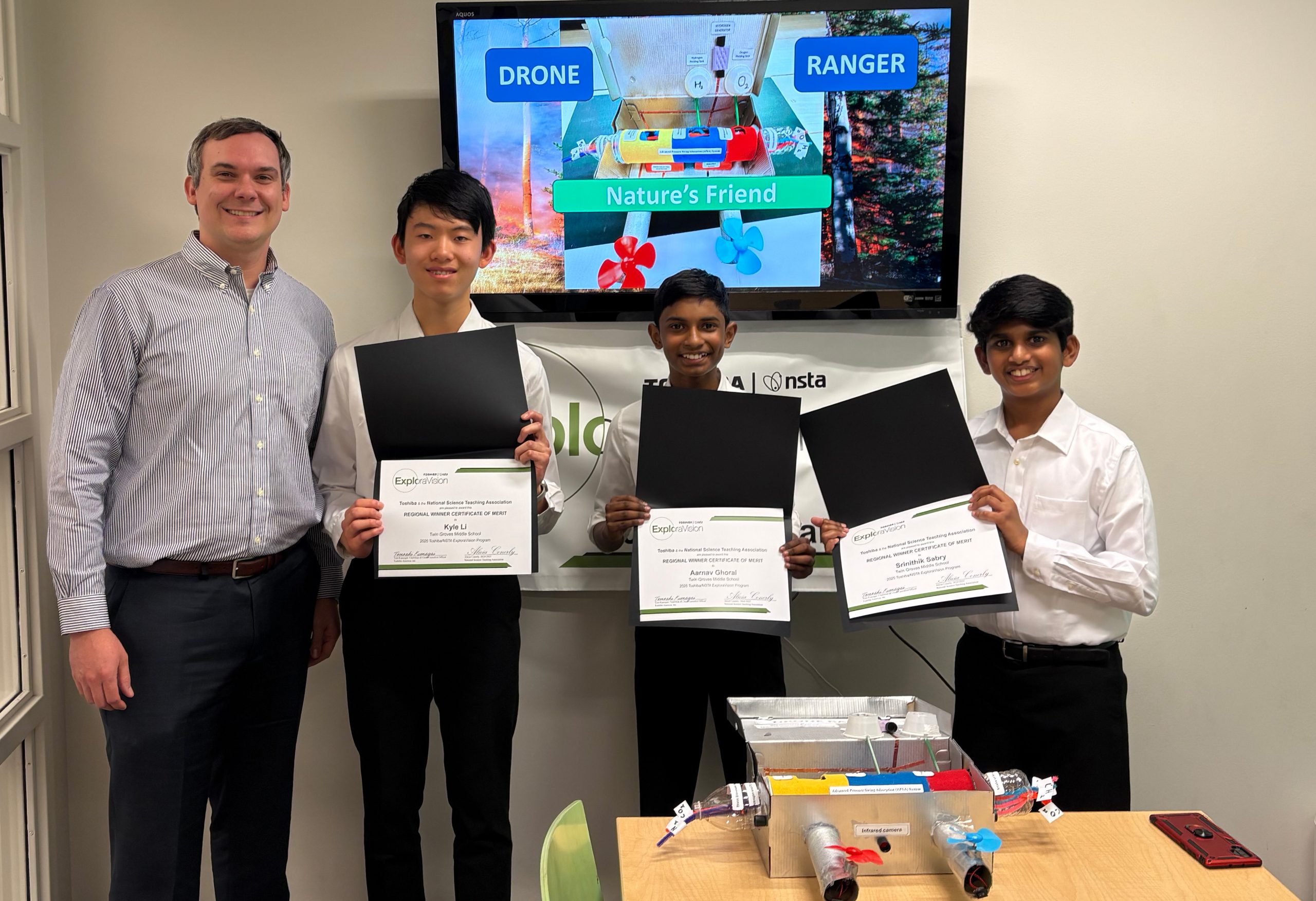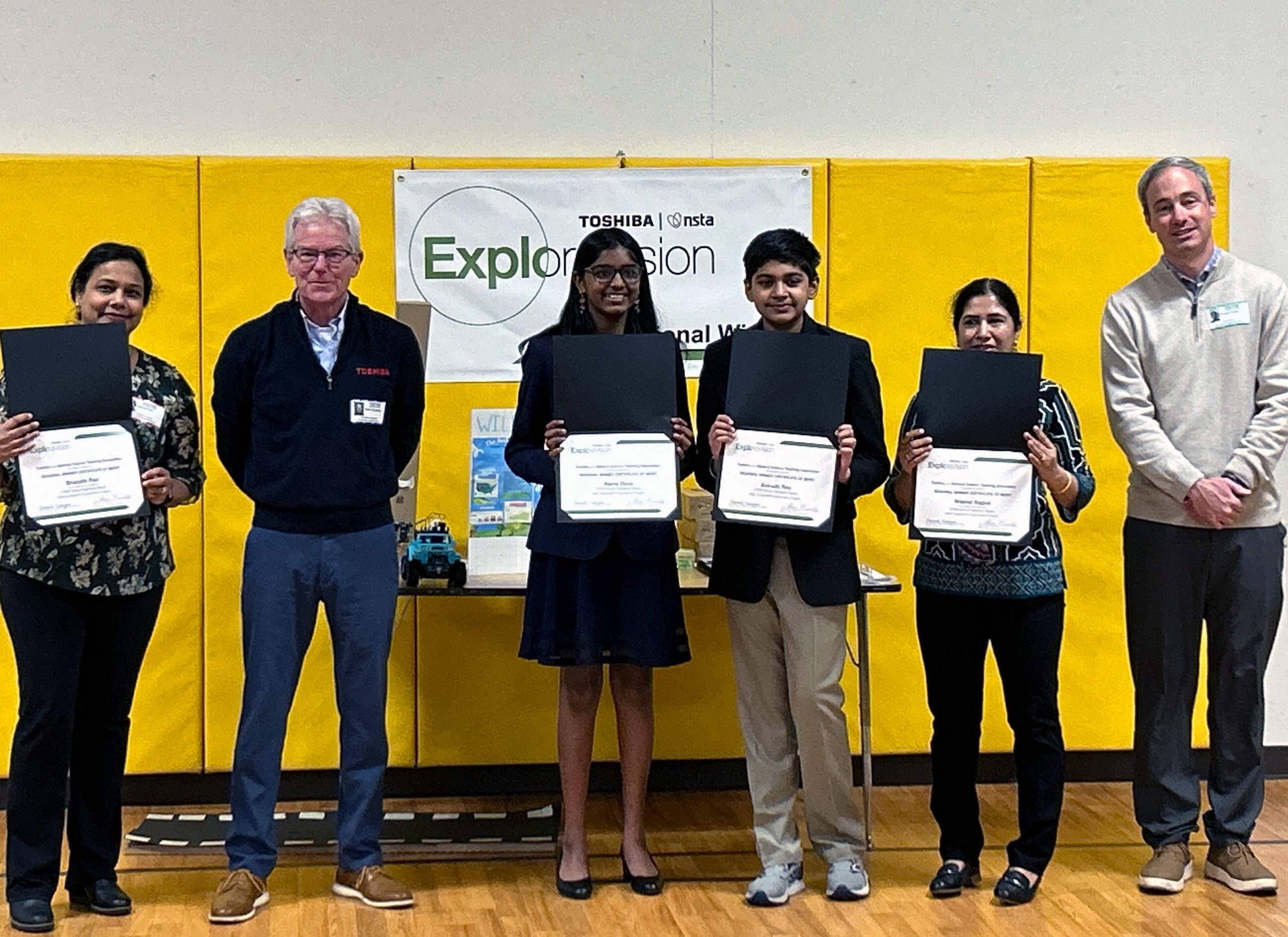According to the National Interagency Fire Center, there were a total of 70,423 wildfires reported in the United States in 2024. The Drone Ranger (DR) represents a cutting-edge innovation in wildfire mitigation, combining advanced technologies to address the challenges posed by increasingly frequent and destructive wildfires. DR is a thermoelectricity and hydrogen powered drone made of stainless steel with tantalum hafnium carbide coating for unparalleled heat resistance and durability in extreme environments. DR is equipped with infrared cameras to detect heat sources and has a unique AI-trained camera network to monitor forest conditions and fires. DR uses a sophisticated Advanced Pressure Swing Adsorption system to mitigate wildfires filtering out atmospheric nitrogen and recycling wildfire generated carbon dioxide. Despite challenges related to cost and system complexity, the Drone Ranger offers a visionary approach to wildfire management, combining sustainability, technological innovation, and operational effectiveness.
ExploraVison National Science Competition Winners
1st place

2nd place

The USDOT lists 1900 deaths and 135,000 injuries yearly due to snowy and icy roads. With over 70 percent of the nation’s roads located in snowy regions, freezing road conditions are a major problem, causing significant damage to life and property. Snow and ice reduce pavement friction and vehicle maneuverability, causing slower speeds, reduced roadway capacity, increased crash risk, and high death rates. Today’s solutions for icy roads, such as salting, sanding, and other anti-icing solutions, are ineffective, expensive and harm the environment, vehicles, and roads. Our goal is to address the problem of icy roads by introducing a novel approach based on the properties perfected by nature over millions of years of evolution. Using biomimicry and hydrophobic properties of flora/fauna, we found unique ways to improve the design of our road surfaces to reduce icy conditions, increase friction, and improve vehicle stability.